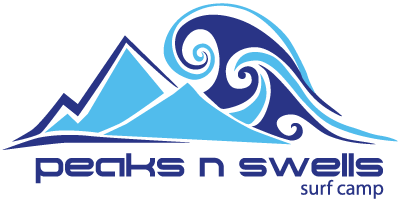International Flights
Costa Rica has two major airports, Juan Santa Maria International Airport in San Jose (SJO) and Liberia (LIR). San Jose is much closer to Montezuma and your best bet for getting to Peaks n’ Swells. All major airlines fly into San Jose. You must have a passport that is valid at least six months past your travel date to travel to Costa Rica.
Domestic Flights
From San Jose, you will need to take a short flight to Tambor. There are two domestic airlines that fly into Tambor, Sansa and Nature Air. Both have limited daily flights to Tambor, so we recommend that you search these flights first and then work backwards to plan your international flight to San Jose.
Transfer from Tambor
Once you arrive in Tambor, we will pick you up and you won’t need to worry about transportation again until you fly home.
Overnight Layover in San Jose
If an overnight layover is required in San Jose, we recommend the following hotels:
Hotel Aeropuerto This is where we stay and most of our guests find perfect for a quick overnight stay and breakfast. It is run by a Costa Rican family and has more of an authentic feel than the others listed.
Courtyard Marriott, San Jose Airport Alajuela
Xandar Resort & Spa
For longer stays in San Jose, we like Hotel Alta in Escazu and Hotel Grano de Oro.
